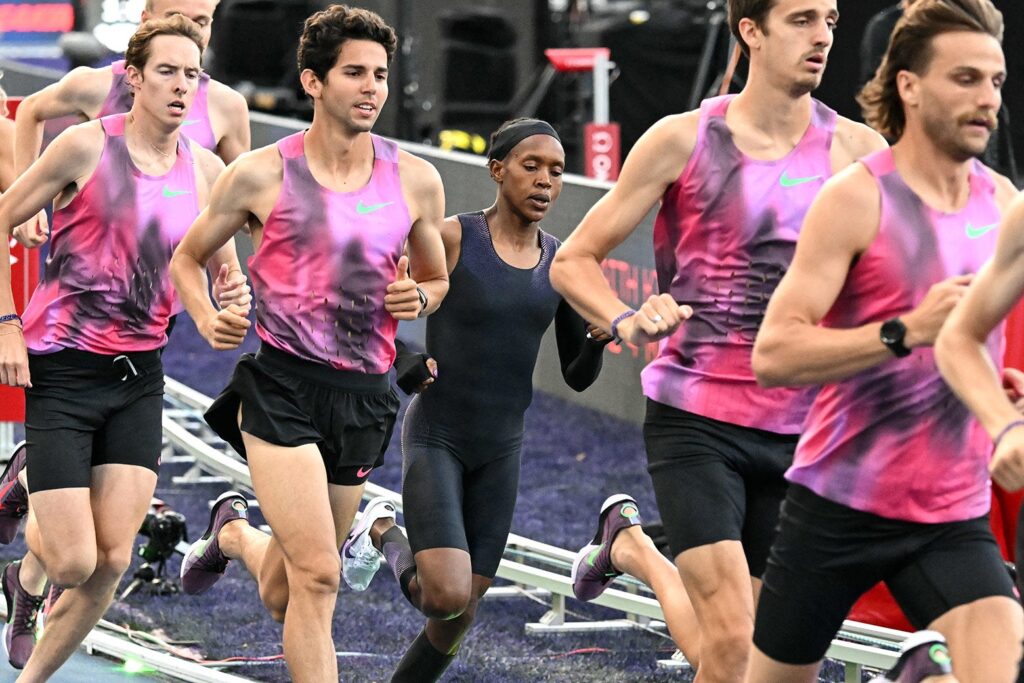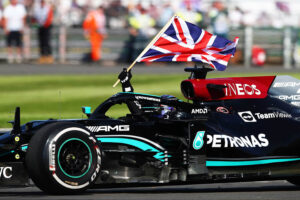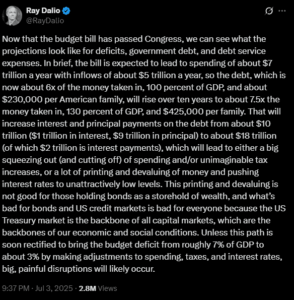
On Thursday in Paris, Faith Kipyegon attempted to achieve what no woman in history has done: run a mile in under four minutes. This event was anticipated as a breakthrough moment for women’s sports. However, Kipyegon did not succeed in her attempt. Yet, this does not equate to failure. Instead, it serves as a revealing case study on how marketing hype, media spin, and misunderstood science can distort reality.
Back in February, a scientific study suggested that Kipyegon could run a 3:59.37-minute mile, provided she had perfect drafting from pacers. This assumption relied on flawless running conditions and the best-case interpretations of ambitious mathematical models. It also required her to be as fit as she was when she set the women’s mile world record in 2023—an astounding 4:07.64. The study’s authors were clear about these limitations. If everything went perfectly, and she was at her absolute best, maybe she could break the four-minute barrier.
The Role of Hype and Marketing
Soon after, a Nike-sponsored PR event was organized for Kipyegon to make an attempt at breaking this barrier. The media coverage of the study created the impression that Kipyegon was already running the equivalent of a sub-four-minute mile or was just a whisker away from doing so with proper aerodynamic assistance. Nike’s multimillion-dollar push, tied to proprietary gear, framed it as history in the making. The public received the message that, thanks to scientific innovation, Kipyegon was about to shatter the barrier for all women everywhere.
Whether the hype stemmed from misunderstanding or misrepresentation of the science, the result was the same: a wildly inflated sense of what was likely. Curiously absent from the narrative was a second, more conservative analysis published in April, co-authored by a Nike scientist, which concluded that current data were “insufficient to suggest that a sub-4 minute mile is imminent.” That study didn’t make it into the company’s marketing. In other words, at least one person at Nike knew this was a long shot. But the myth of inevitable breakthrough sells better than statistical uncertainty.
The Attempt and Its Aftermath
As we saw this week, Kipyegon didn’t break the barrier—and to be blunt, she wasn’t close. She trimmed 1.2 seconds off her personal best but needed more than six extra seconds to cross the line she was chasing. In elite running, where medals are often determined by fractions of a second, that’s not brushing history—it’s chasing a distant shadow.
Despite the hype and hope, the outcome shouldn’t be surprising. This was always going to be a moonshot. Going from 4:07.64 to sub-four represents more than a 3 percent improvement. In elite distance running, that’s not a marginal gain, it’s a quantum leap. Kipyegon was already performing at the limits of human potential, which she achieved through rigorous training beginning as a teenager. She’s had access to the best coaching, training, and footwear that modern sport can offer. The idea that aerodynamic tweaks, pacers, and a new Nike sports bra could close that gap was, frankly, unrealistically optimistic.
Eliud Kipchoge’s sub-two-hour marathon, under similarly ideal conditions, only required him to improve by 1.6 percent. Why would Kipyegon experience double the benefit?
Implications for Science and Sports
In the lead-up to the event, a consistent message was that science would make the “impossible” possible. Now that the attempt fell short, the public may unfairly wonder, why did the scientists get this so wrong? We’ve seen this pattern before: inflate the promise of a scientific study, spin it into a marketing campaign, and quietly retreat when reality doesn’t deliver. Over time, this pattern has consequences for public trust in science, which is made more frustrating because the actual science was clear, but the nuance was quickly lost in media coverage and Nike promotions.
There’s also the issue that the method suggested for Kipchoge’s historic attempt was dispiriting in the first place. For this event, Nike included a team of pacers, mostly men. Male pacers were chosen because they’re physiologically more capable of running fast and steady splits at a pace very few women in the world can hold. That’s biology, not bias. But the message it sends is hard to ignore—to reach greatness, a woman needs men to get her there.
“Sometimes you have to change the rules for people that are special. … We have to find a way to let the world see her excellence. And if you have to change the rules a little bit, let’s do it.” — Carl Lewis
This dynamic was evident throughout the broadcast, during which nine-time Olympic gold medalist Carl Lewis remarked, intending to praise, but instead reinforcing the idea that a woman’s excellence requires exceptions—as if her three Olympic gold medals and current world records were insufficient.
Moving Forward
Now that Kipyegon didn’t break the barrier, the message echoes louder: Even with a team of men and the best possible conditions, women still fall short. It’s a paradox that sports can’t seem to escape: We celebrate women’s achievements, yet still contextualize them against male standards. When we anchor greatness to male physiology—and then come up with contrived ways to help women break through these barriers, we don’t elevate women’s sports—we undermine them.
The time trial wasn’t framed as an elite athlete chasing a personal best or improving upon her world record. Rather, it was explicitly a campaign to break the four-minute barrier, on behalf of all women. What now, that she didn’t achieve that? Nike marketed Kipyegon as “brave” to chase a target that she likely couldn’t reach. But being celebrated for trying to do what one physiologically can’t is not progress in women’s sports equality. A system that sells a triumph of courage regardless of outcome risks patronizing women athletes, rather than respecting their actual achievements.
This wasn’t about Faith Kipyegon’s dreams or talent. She didn’t overpromise, and neither did the actual science that inspired this. Instead, this was about a corporation selling sports bras and speed suits by turning long odds into marketing gold via an unrealistic hype machine.
Ask yourself what is a more inspiring moment: Kipyegon charging through the final lap alone, widening the gap from the world’s fastest women as she sprints to a 4:07 finish in 2023? Or watching her flanked by men, straining to stay with their effortless pace, crossing the line in 4:06? I’ll take the former, every single time.







